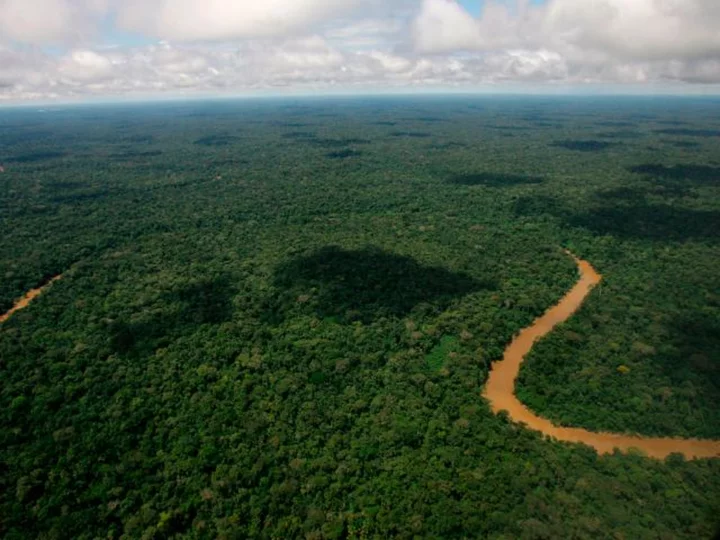Japan is aiming to become the first country in the world to beam solar energy from space back to Earth to generate electricity at scale.
A public-private partnership led by Japanese space agency JAXA will see the first satellite transmitters set up by 2025, according to local reports,
The satellites will convert solar power into microwaves and send them to ground-based receiving stations, which then convert it into electrical energy.
“If we can demonstrate our technology ahead of the rest of the world, it will also be a bargaining tool for space development with other countries,” Kyoto University professor Naoki Shinohara told Nikkei.
The concept, which was first theorised in 1968, has several advantages over terrestrial solar power setups, notably being able to harvest solar energy for much longer, unhindered by the Sun’s typical cycle.
Microwaves are capable of passing through clouds, so the technology is also able to operate in adverse weather conditions.
Japan has already achieved several firsts in this field, having been the first to transmit power via microwaves in space in the 1980s.
In 2015, JAXA scientists followed this up with another breakthrough that saw 1.8 kilowatts of power beamed down to an Earth-based receiver – roughly enough to power an electrical kettle.
Several other countries and regions are also working on the technology, with the European Space Agency unveiling a plan last year to test the viability of space-based solar power.
The Solaris program aims to make Europe a global leader in this untapped energy resource, with the hope of setting up a development program in 2025.
More research still needs to be done before it becomes feasible at a significant scale, though recent advances in high-efficiency solar cells, wireless power transmission and robotic in-orbit assembly mean that China and the US are also working on ways to tap the Sun’s energy from space.
Among the concerns surrounding the technology are the health impacts of low-power microwaves on humans, animals and plants.
“These are the kind of technical questions that Solaris will look into, to explore further the feasibility of the concept,” Sanjay Vijendran, ESA’s lead for the Solaris proposal, said last year.
“As an added plus, any breakthroughs achieved in these areas will be valuable in their own right, applicable to many other spaceflight endeavours.”
Read MoreScientists break world record for solar power window material
Huge ‘plume’ seen coming out of nearby moon that could support alien life
Elon Musk meets Chinese foreign minister on first visit for three years
Mitigating ‘extinction’ from AI should be ‘global priority’, experts say









